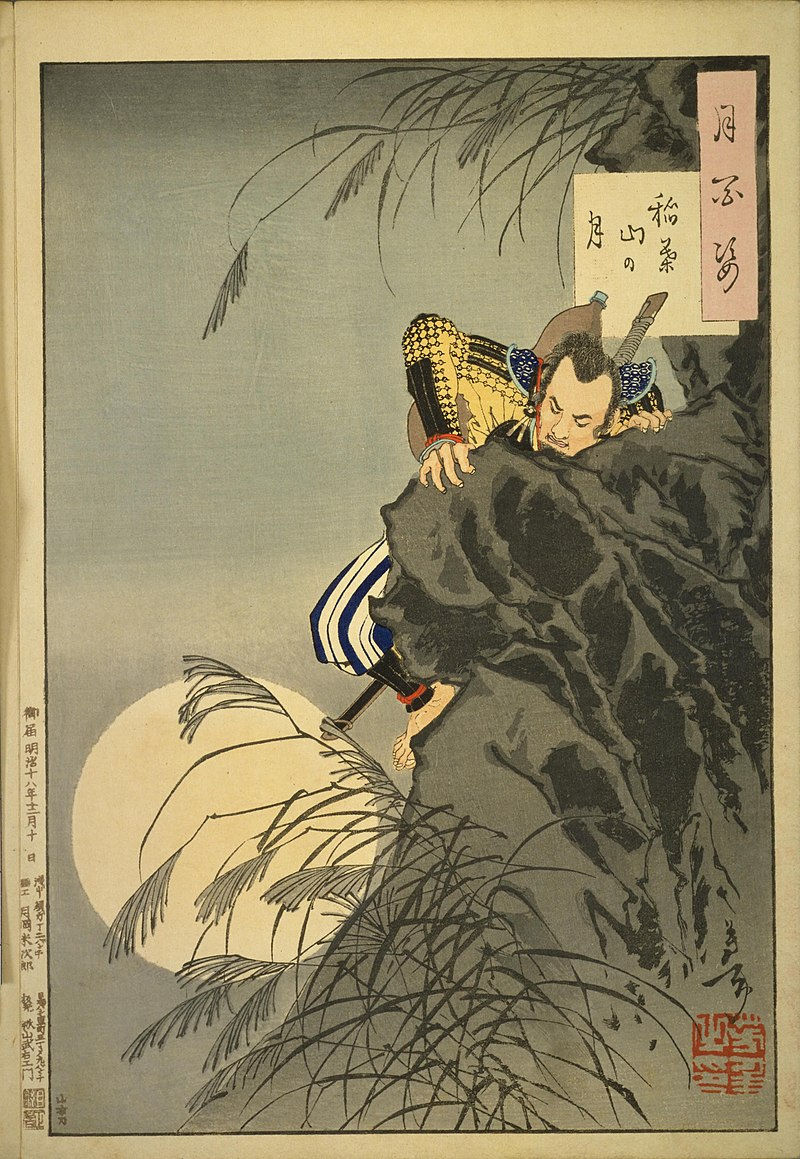Toyotomi Hideyoshi
- 2304583d
- Aug 4, 2024
- 2 min read

Toyotomi Hideyoshi (豊臣 秀吉) (1537–1598) was a prominent Japanese daimyo (feudal lord), warrior, and statesman who played a crucial role in the unification of Japan during the late Sengoku period. He succeeded Oda Nobunaga and continued the work of unifying Japan under a centralized government.
Early Life and Background
Birth and Humble Origins: Hideyoshi was born on February 2, 1537, as Hiyoshi-maru, the son of a peasant or a low-ranking samurai in Nakamura (present-day Nagoya). His early life was marked by poverty, and he worked as a foot soldier and laborer.
Rise to Power: Hideyoshi's rise began as a loyal retainer of Oda Nobunaga. His talent and ability earned him Nobunaga’s favor, leading to rapid promotion within Nobunaga’s ranks. After Nobunaga’s death in 1582, Hideyoshi emerged as a key figure in continuing the unification process.
Military and Political Achievements
Unification of Japan: Hideyoshi is best known for completing the unification of Japan, which had been initiated by Nobunaga. He consolidated power through military campaigns, alliances, and administrative reforms.
Notable Campaigns:
Battle of Yamazaki (1582): Hideyoshi defeated Akechi Mitsuhide, the general who betrayed Nobunaga, securing his position as the leading power in Japan.
Campaigns in Kyushu and Shikoku: Hideyoshi undertook military campaigns to subdue and integrate the remaining independent regions of Kyushu and Shikoku into his domain.
Administrative Reforms:
Land Reforms: Hideyoshi implemented land surveys to assess and manage the taxation of his domains effectively. This helped stabilize the economy and consolidate his control over the country.
Social and Economic Policies: He enacted policies to manage the samurai class and reduce their power, while also promoting agricultural development and trade. His policies included the "Sword Hunt" to disarm the peasantry and prevent uprisings.
Construction and Cultural Projects: Hideyoshi is known for his contributions to Japanese culture and infrastructure. He initiated the construction of significant structures like Osaka Castle and promoted the tea ceremony, influencing Japanese culture and arts.
Foreign Relations and Later Life
Korean Invasions: Hideyoshi launched two major invasions of Korea, known as the Imjin War (1592–1598). The invasions aimed to extend Japanese influence in East Asia but ultimately failed to achieve lasting results and strained Japan’s resources.
Succession Plans: Hideyoshi worked to secure his legacy and ensure a smooth transition of power. He adopted a son, Toyotomi Hideyori, to succeed him, as his own biological son, Toyotomi Yoshihide, had died young.
Death and Legacy
Death: Toyotomi Hideyoshi died on September 18, 1598. His death led to a power struggle among his retainers and successors. The most significant of these was Tokugawa Ieyasu, who eventually emerged victorious.
Legacy: Hideyoshi’s efforts to unify Japan had a lasting impact on the country’s history. His policies and administrative reforms set the stage for the establishment of the Tokugawa shogunate, which would govern Japan for over 250 years. He is remembered as a remarkable figure who rose from humble beginnings to become one of Japan’s most influential leaders.
Cultural Impact: Hideyoshi's influence on Japanese culture, architecture, and politics remains significant. His life is depicted in various historical dramas, literature, and popular culture.
Toyotomi Hideyoshi's role in Japan’s unification and his contributions to its political and cultural landscape make him a key figure in Japanese history.





Comments